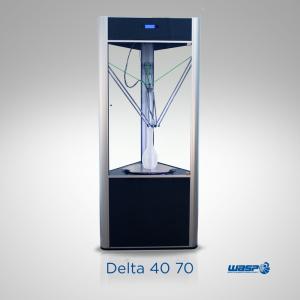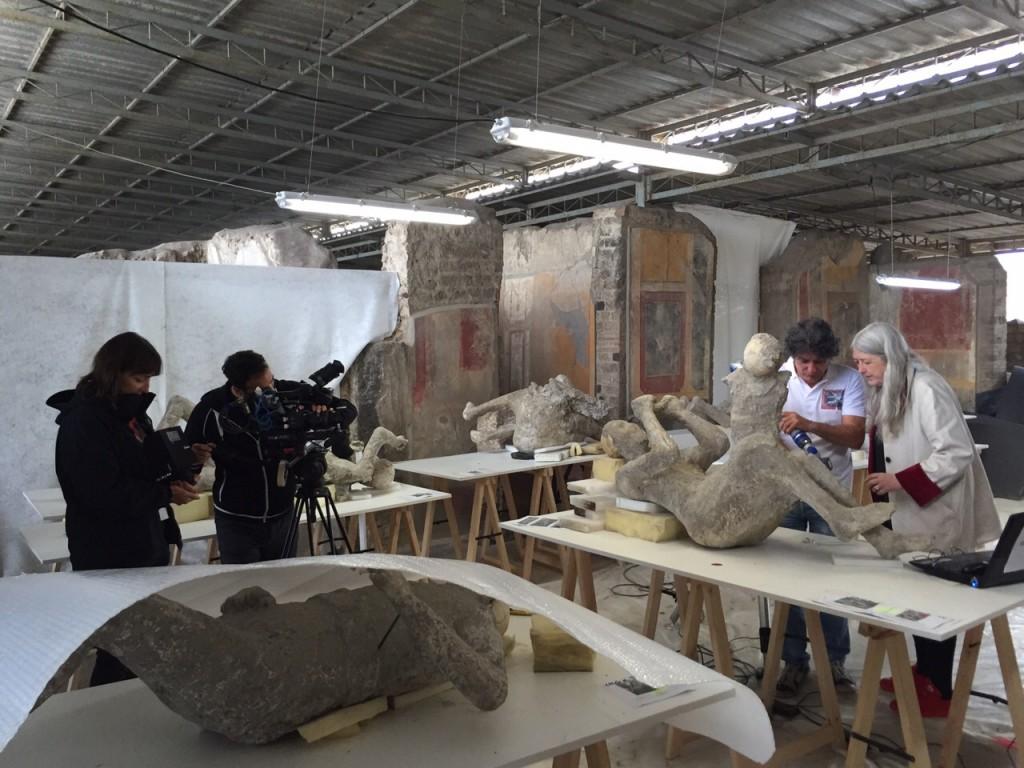 The ancient city of Pompeii sat on 160 idyllic acres before it was covered in a flood of volcanic ash as Mt. Vesuvius delivered the final blow in 79 A.D. with one of the most explosive eruptions ever. Thousands were killed, tragedy ensued, and the once-beautiful city inhabited by 20,000 was simply abandoned under a thick pile of ash. Its hustle and bustle and primitive cosmopolitan allure was forever squashed, leaving it to archaeologists throughout the ages to bring back to life one artifact at a time.
The ancient city of Pompeii sat on 160 idyllic acres before it was covered in a flood of volcanic ash as Mt. Vesuvius delivered the final blow in 79 A.D. with one of the most explosive eruptions ever. Thousands were killed, tragedy ensued, and the once-beautiful city inhabited by 20,000 was simply abandoned under a thick pile of ash. Its hustle and bustle and primitive cosmopolitan allure was forever squashed, leaving it to archaeologists throughout the ages to bring back to life one artifact at a time.
While the culture and lifestyle of the ancient city was not able to evolve in life, it has evolved in archaeology–and now that’s about to go one giant leap further with the help of 3D printing, via new technology few would have ever imagined we would have at our disposal to recreate archaeological finds in such great detail.
Centuries have passed, but fascination with the dead city left under the ash of Mt. Vesuvius has not ebbed. The interest has only grown, and now, it can be explored further and shared with the world even more easily due to digital design and 3D printed models.
 While undoubtedly there are many individuals and entities who would like to be involved in absolutely anything having to do with the centuries-old, ongoing restoration of Pompeii in all its eerie grandeur, the World’s Advanced Saving Project (WASP) has the honor of being chosen by the Special Superintendence of the Cultural Heritage of Pompei, Ercolano and Stabia. They were asked to work on ‘collaborative restoration’ of the casts of the dead–those who fell during the eruption in 79 A.D.–and whose bodies were forever preserved in plaster in 1863.
While undoubtedly there are many individuals and entities who would like to be involved in absolutely anything having to do with the centuries-old, ongoing restoration of Pompeii in all its eerie grandeur, the World’s Advanced Saving Project (WASP) has the honor of being chosen by the Special Superintendence of the Cultural Heritage of Pompei, Ercolano and Stabia. They were asked to work on ‘collaborative restoration’ of the casts of the dead–those who fell during the eruption in 79 A.D.–and whose bodies were forever preserved in plaster in 1863.
As the creators and manufacturers of the DeltaWASP, the Italian company is dedicated to the combination of both art and science, as well as being proponents of everyone learning to expand their worlds through use of digital design and the internet. Now, they are using two of their 3D printers as well as lending their expertise in the project to reproduce the casts in 3D printed models for traveling abroad as a potential exhibit. The current casts, created so long ago, are too fragile for traveling.
Housed at Pompeii’s Antiquarium, the casts of the dead were created by archaeologist Giuseppe Fiorelli who upon discovery of a particular pocket–or hole–that held many dead bodies–filled the area in with plaster and then was able to remove the remnants forever solidified as evidence of the terrible event. The plaster casts show the bodies in great and rather gruesome detail–from what they are wearing, to the expressions on their faces and the positions they were in at time of death.
“The casts are the most sought testimonials from abroad,” says Massimo Osanna, overseer of the project.
Once reproduced in durable 3D printed form, the new ‘casts’ can be sent to Canada for a possible ‘itinerant show.’
“Pompeii is an example of how technology can be useful for cultural heritage,” says Massimo Moretti, the founder of WASP. “Until now WASP didn’t know how it could provide a real contribution in this field. When the supervisors for restoration asked for our help we responded promptly, as we are very proud of being an Italian company able to participate and contribute to this project thanks to our 3D printers.”
“One of the most interesting areas [for 3D printing] is that of restoration,” says Moretti.
Moretti’s 3D printers are indeed doing a great service to an important piece of the history of the world, and will serve to quench a small part of the curiosity so many have regarding the city lost to the fury of Mt.Vesuvius.
Discuss your thoughts on the 3D printed reproduction of Pompeii’s fallen in 3D print in the 3D Printed Models of Pompeii Casts forum thread over at 3DPB.com.
Subscribe to Our Email Newsletter
Stay up-to-date on all the latest news from the 3D printing industry and receive information and offers from third party vendors.
You May Also Like
Gorilla Sports GE’s First 3D Printed Titanium Cast
How do you help a gorilla with a broken arm? Sounds like the start of a bad joke a zookeeper might tell, but it’s an actual dilemma recently faced by...
Nylon 3D Printed Parts Made More Functional with Coatings & Colors
Parts 3D printed from polyamide (PA, Nylon) 12 using powder bed fusion (PBF) are a mainstay in the additive manufacturing (AM) industry. While post-finishing processes have improved the porosity of...
$25M to Back Sintavia’s Largest Expansion of Metal 3D Printing Capacity Since 2019
Sintavia, the digital manufacturing company specializing in mission-critical parts for strategic sectors, announced a $25 million investment to increase its production capacity, the largest expansion to its operations since 2019....
Velo3D Initiates Public Offering in a Bid to Strengthen Financial Foundations and Drive Future Growth
Velo3D (NYSE: VLD) has been among a number of publicly traded 3D printing firms that have attempted to weather the current macroeconomic climate. After posting a challenging financial report for 2023,...


































